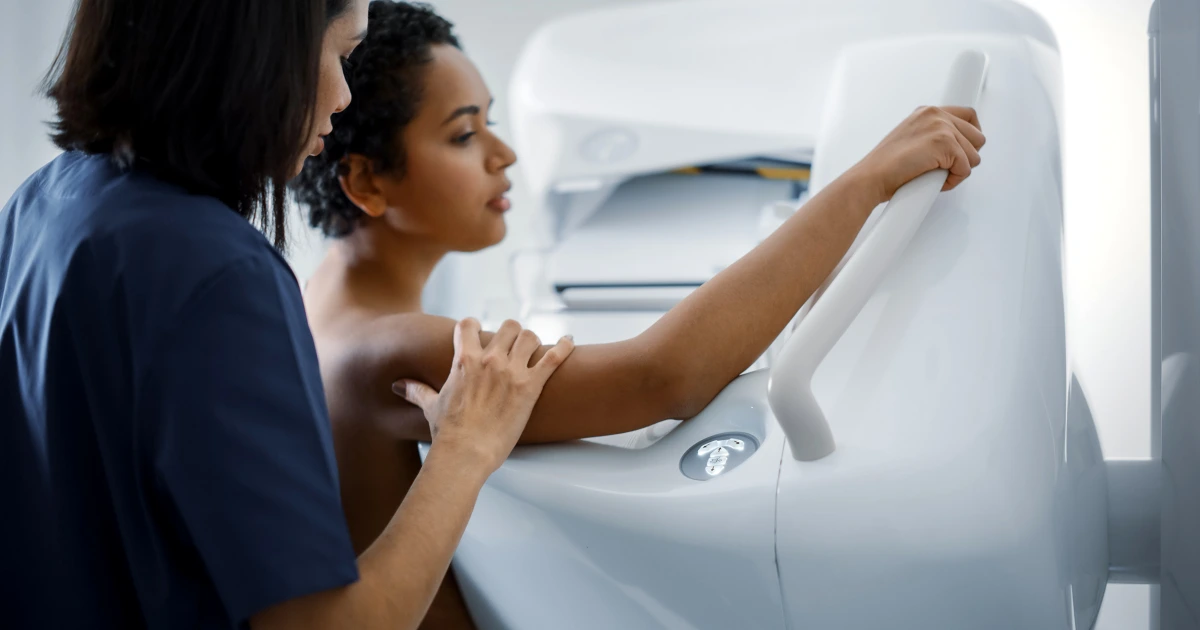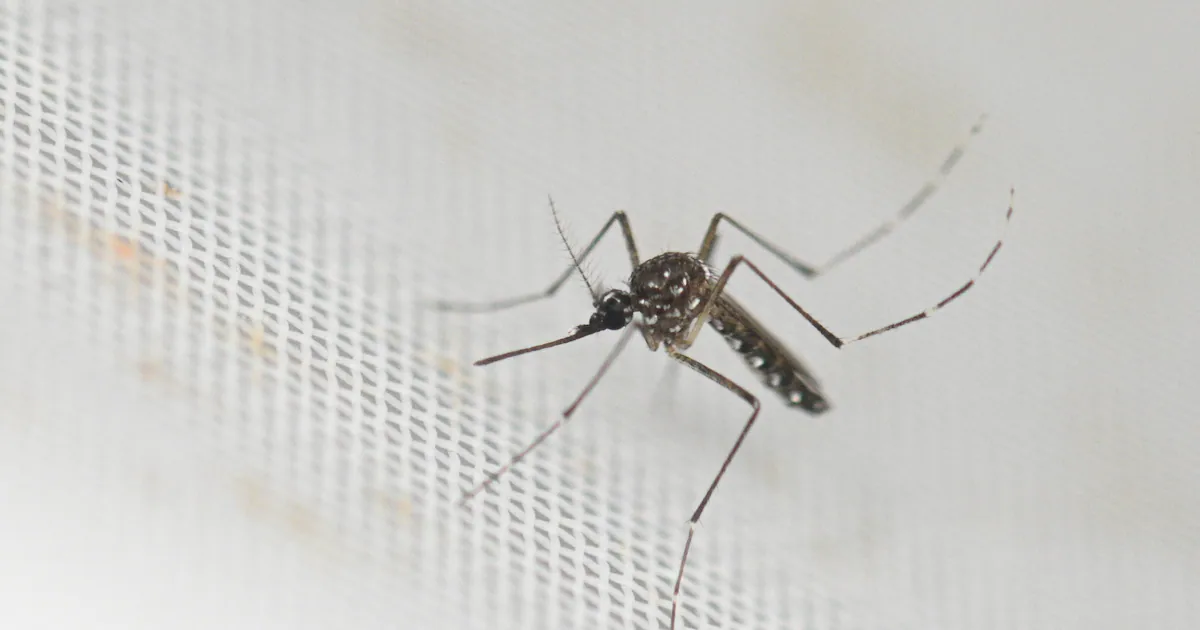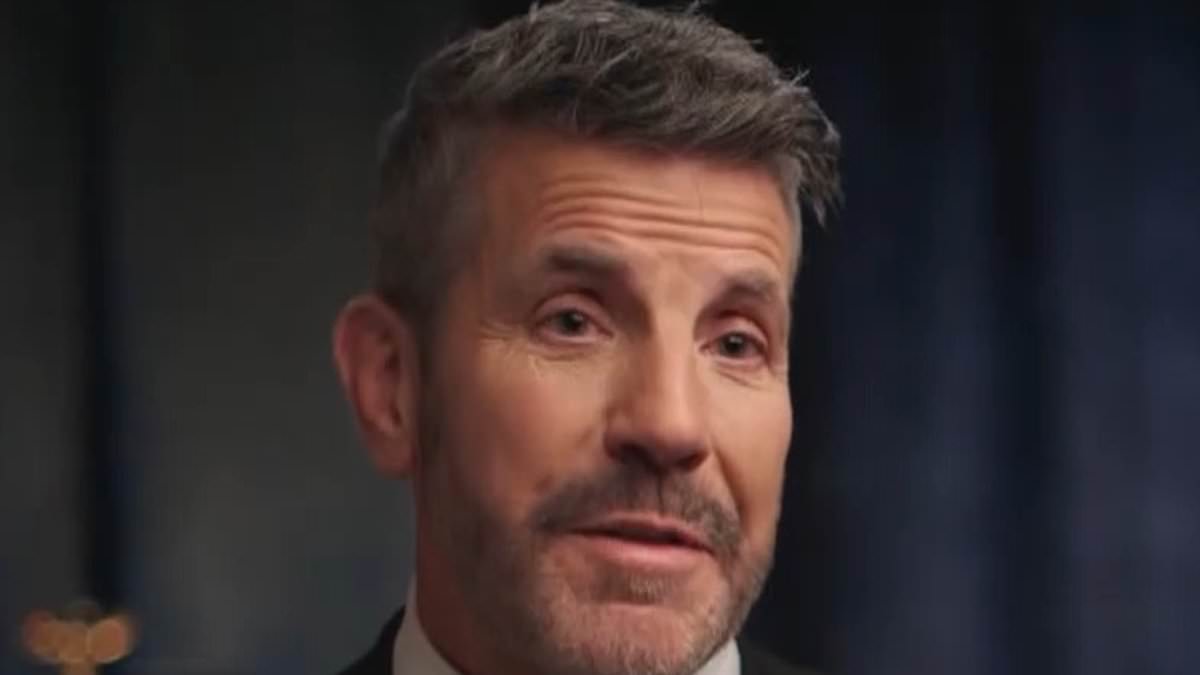Copyright TODAY

Routine mammograms are the mainstay of breast cancer screening. But, with a new type of analysis powered by artificial intelligence, doctors may be able to also predict whether or not you'll develop breast cancer in the next few years. The technology, called Clairity Breast, is the first of its kind to receive authorization from the Food and Drug Administration. It's just starting to appear in some hospitals in the U.S. And, experts say, when interpreted correctly, it can be an important tool in identifying those with a higher risk for breast cancer. Using images from a mammogram, the technology generates a risk score, which is the probability that someone will develop breast cancer in the next five years. There are other ways that experts can assess that risk, which mainly includes taking note of factors such as a family history of cancer, genetic risks and lifestyle. But recent estimates suggest that the majority of breast cancers are not due to family history or genetic risk factors. Instead of using traditional risk factors to predict risk, Clairity's AI platform was trained on hundreds of thousands of mammograms to look for patterns that would suggest someone is more likely to develop breast cancer. 'The computer can learn the patterns in a mammogram in a woman that will develop breast cancer in the next five years and distinguish those from women that will not," Dr. Connie Lehman, founder of Clairity and chief of breast imaging at Massachusetts General Hospital, told NBC's Savannah Sellers during an Oct. 22, 2025 segment on the TODAY show. And, in a 2022 study in the Journal of the National Cancer Institute, predictions from the Clairity model were often more accurate than traditional risk assessment tools. The development of this new technology marks a "revolutionary" moment, according to Donna McKay, CEO of the Breast Cancer Research Foundation, which funded some of the research that went into Clairity. "This is a paradigm shift from taking what is a mammogram, which is a diagnostic tool, and actually turning it into a predictive tool," McKay said. However, it's important to put the results from Clairity's analysis into the proper context. "This tool is great, and it should be used appropriately, meaning it indicates people who are at high risk," said Dr. Laurie Margolies, vice chair of breast imaging for the Mount Sinai Health Service. "But it doesn’t catch everybody who will get cancer in the next five years," Margolies explains. "So we have to be careful that people don’t over-rely on it." A Clairity score indicating a high risk doesn't automatically mean someone will develop breast cancer. And a low or average risk doesn't guarantee that they won't. For those with an average Clairity risk score, regular screening (mammograms every one to two years) is appropriate, Lehman said. But for people with a higher risk, MRIs, contrast-enhanced mammograms or ultrasounds would be recommended, she said. And keep in mind that Clairity is still working to get the test covered by insurance. For now, Lehman said, "We really believe that this test for women absolutely can be offered for less than $200." That is in addition to the cost of a mammogram, which is typically covered if it's part of a routine screening. The goal is to reach as many women as possible, especially those who don't think they're at risk, Lehman said. "We’re really going to change the face of breast cancer."



